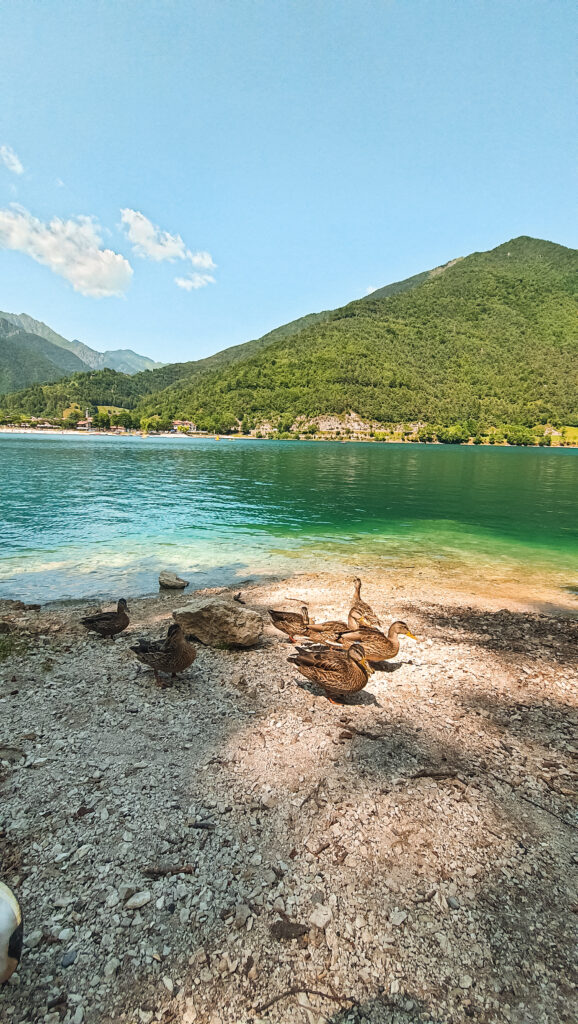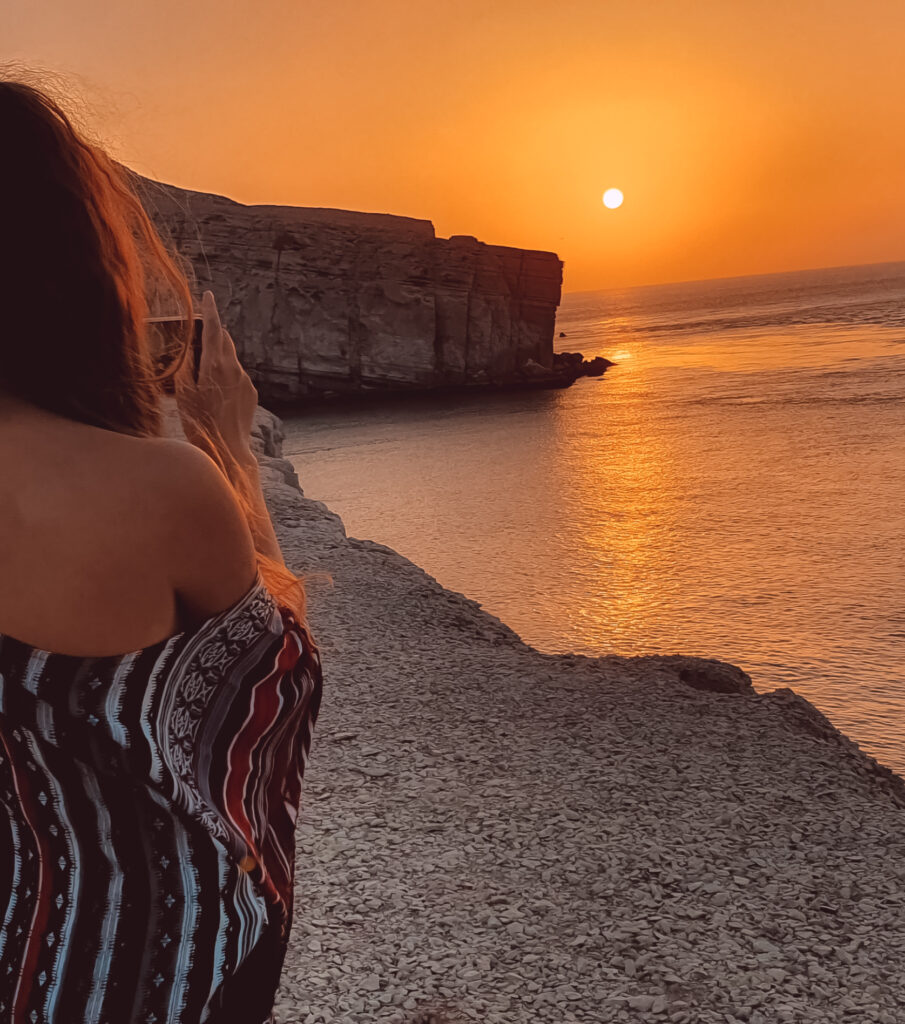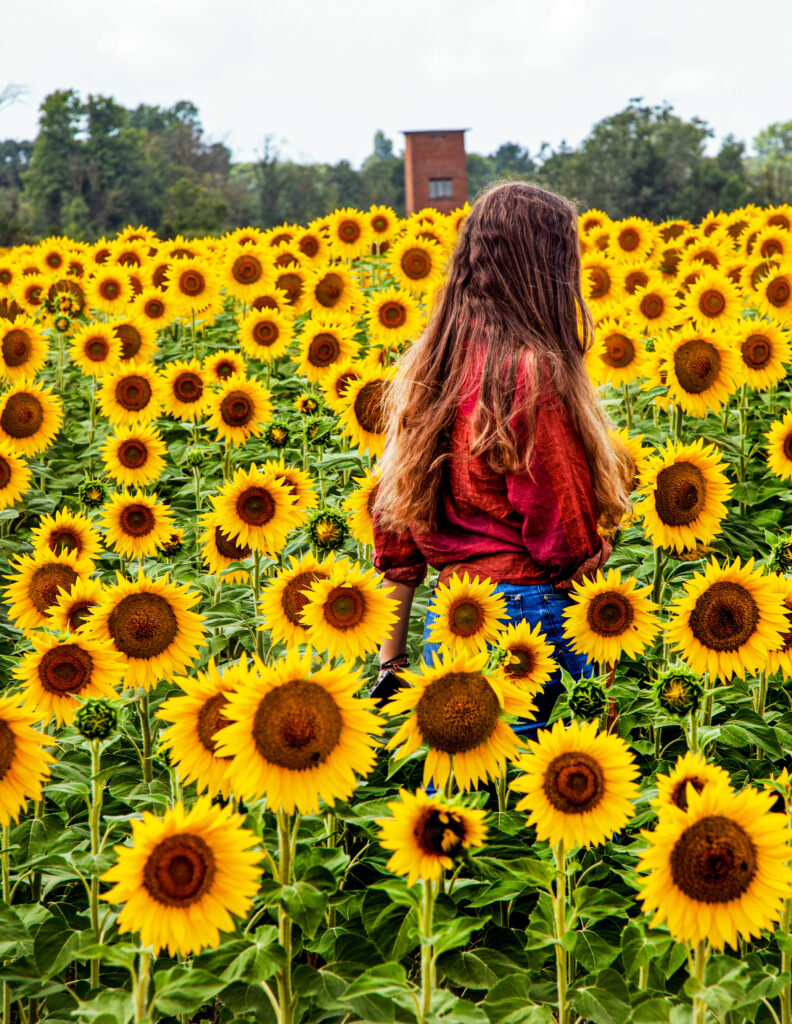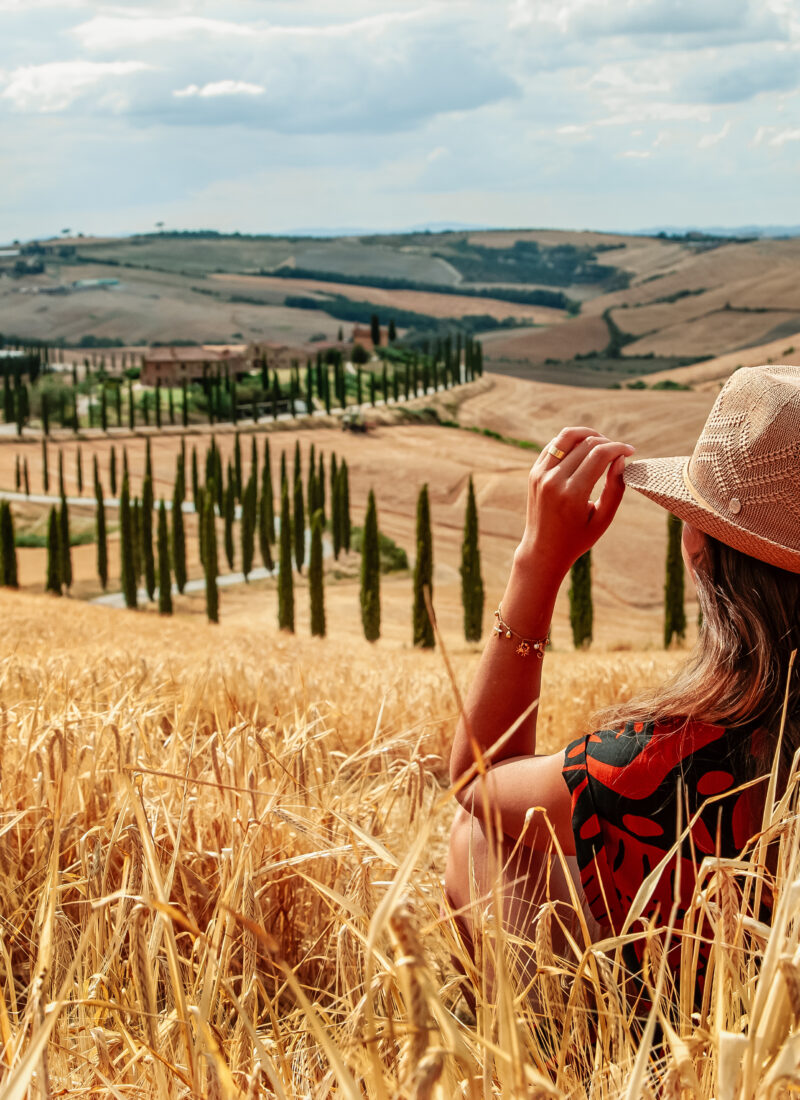In an era dominated by fast-paced lifestyles and instant gratification, the concept of slow travel has emerged as a refreshing antidote to the frenetic nature of modern exploration. Rather than rushing from one destination to another in a bid to tally as many countries as possible, slow travel encourages us to savor each moment, engage deeply with our surroundings, and forge meaningful connections along the way. As we delve into the essence of slow travel, you’ll discover why this approach not only enriches our travel experiences but also offers a more sustainable and fulfilling alternative to the country-counting fever we see today.
For centuries, slow travel was simply the norm, there was no other way to journey than to immerse oneself fully in the landscapes and cultures encountered along the way. Today, positioning any travel experience as “slow” becomes a revolutionary act in itself, encouraging us to savor the moment and engage deeply with our surroundings.


What is Slow Travel?
But what is slow travel exactly? You might have heard of it as sustainable travel, mindful travel, and low-impact travel. To travel slowly is to choose experiences that are unique and immersive. It serves as a reminder of why we travel in the first place, helping us offset the travel fatigue that often accompanies an exhausting trip.
At its core, slow travel is about immersing yourself in a destination rather than merely skimming through its surface. It involves spending more time in fewer places, embracing local cultures, traditions, and lifestyles. Slow travelers opt for quality over quantity, valuing authentic experiences and intentional journeys over packed itineraries and rapid transit.
Slow travel is not just about moving more leisurely; it’s a philosophy that encourages mindfulness and presence. It allows you to absorb your surroundings more deeply, understanding the nuances that make each place unique. This approach fosters a richer appreciation for both the destination and the journey itself, transforming travel into a more personal and meaningful experience.
The Benefits of Slow Travel
- Deep Connection with Local Culture: Slow travel allows you to truly immerse yourself in the local environment. By spending extended periods in one location, you can engage with local customs, traditions, and communities. This deeper connection leads to a more authentic understanding of a place, beyond the typical tourist façade. Engaging with locals and participating in their day-to-day lives broadens your perspective and often leads to lasting friendships and genuine interactions that enrich your experiences.
- Mindful Exploration: With slow travel, you have the luxury of time, fostering a more mindful approach to exploration. Instead of rushing through landmarks, you can wander through hidden neighborhoods, enjoy meals at a leisurely pace in quaint local cafes, or spend hours in a museum. This style of travel encourages you to notice the subtleties—a street musician’s melody, children laughing, or a spectacular sunset—elements that might be easily overlooked in a hurried itinerary.
- Environmental Benefits: Traveling at a slower pace is inherently more sustainable. By spending more time in fewer areas and opting for local transportation like trains, bikes, or even walking, you reduce your carbon footprint significantly. Slow travel encourages eco-friendly practices, such as supporting local markets and choosing accommodations that prioritize sustainability. This considerate approach helps preserve the unique natural and cultural landscapes that future generations will enjoy.
- Enhanced Personal Growth: Slow travel opens the door to personal growth by encouraging adaptability, patience, and presence. It allows you to step out of your comfort zone and embrace the unfamiliar, challenging preconceived notions while expanding your worldview. Each destination not only reveals different cultures but also grants insights into your own beliefs and values along the way.
- Stress Reduction and Well-being: One of the most appealing aspects of slow travel is its ability to reduce stress. Free from rigid schedules, slow travel offers a chance to unwind and relax truly. Whether wandering ancient ruins with no specific agenda or revisiting Oman several times without tiring of the experience, it reminds us that travel enriches our lives, regardless of the itinerary’s length or breadth.

Road Trips: A Celebration of Slow Travel
For us, we truly value road trips as an ideal form of slow travel. The winding roads and scenic routes offer opportunities to see how people live in between destinations. With every km traveled, we enjoy the journey just as much as the destination. Getting lost in a foreign land—more times than we are proud to admit—has often yielded some of our most cherished moments.
For instance, during our five months in Norway, we once took a wrong turn that led us to the most stunning road I have ever seeing. Instead of turning back, we decided to follow it for a couple of hours. The scenery was so breathtaking that it transformed a simple mistake into an unforgettable adventure, and it remains one of my fondest memories from that remarkable trip.
The same happened in Oman. What began as an unplanned detour ultimately guided us to some of the most welcoming and helpful local we ever encountered. This unintended route allowed us to connect authentically with Omani culture and experience genuine hospitality, a perfect example of how embracing the unexpected can lead to profound travel experiences.
Well, we are not yet crossing the desert by camel (though I would love the experience) or traveling by donkeys, but you know, small steps. We stick with cars, planes and trains for now, and maybe one day we can experience a even more authentic way of travel.

Embracing the Heart of a Destination
The art of slow travel lies in embracing each moment, discovering hidden stories, and sharing in the essence of a place. It encourages us to engage with the local culture, to observe daily life as it unfolds away from the tourist traps. It’s about being fully present, whether savoring a meal made from seasonal ingredients or participating in a local festival that celebrates the region’s customs.
The Value of Meaningful Connections
In slow travel, connections become paramount. Engaging with locals and forging relationships lead to deeper insights about the culture, landscapes, and traditions that define a place. A spontaneous conversation with a local artisan might allow you to appreciate the craftsmanship behind a handmade item, while a shared meal fosters not just nourishment but kinship.
Traveling at a leisurely pace provides ample opportunities for serendipity—those unexpected moments that create lasting memories. Whether it’s finding a stunning viewpoint while meandering through quiet streets or stumbling upon a small gathering celebrating a local holiday, these experiences often shape the essence of our journey.
For instance, during our time in Turkey, we took the opportunity to visit a small village not far from Cappadocia. Instead of sticking to the tourist-heavy hotspots, we ventured into the heart of everyday life. As we wandered through the local market, we were greeted by the smiling faces of vendors eager to share their produce and stories with us. This experiences deepened our appreciation for Turkish culture and cuisine, teaching us so much; it connected us with the country in a meaningful way.
Making Meaningful Choices
Ultimately, slow travel is about making conscious decisions that resonate with your values, desires, and interests. It encourages you to find joy in the journey rather than the destination.
As I embark on my travels, I remind myself that it’s okay to deviate from the norm. The world is brimming with extraordinary places waiting to be discovered; it’s often the path less traveled that leads to the most profound experiences. Whether it’s a quiet afternoon spent in a forgotten chapel in Italy or a leisurely stroll through a bustling village market in Oman, these moments invite us to absorb the beauty of our surroundings.
It is through this lens that we can better understand the importance of supporting local economies. By supporting small shops and markets, you not only contribute to the livelihoods of locals, but also gain a deeper appreciation of the local culture.
The Slow Travel Mindset
Incorporating the slow travel philosophy doesn’t require extensive planning or a long vacation. It can be practiced in small ways, no matter the duration of your trip. For example, when exploring nearby attractions, consider taking a day to simply wander without a schedule. Talk with locals, make impromptu stops, and spontaneous discoveries instead of clinging tightly to a pre-determined agenda.
A memorable instance of this occurred during a weekend getaway to a nearby town. Instead of cramming activities into our itinerary, we allowed ourselves the freedom to explore at leisure. We visited small cafes, chatted with shop owners, and even stumbled upon a local art exhibit. By the end of the weekend, we left with a sense of fulfillment, having formed connections and crafted experiences that extended beyond mere sightseeing.
Slow Travel vs. Country Counting: Quality Over Quantity
The trend of “country counting,” where the goal is to visit as many countries as possible in a short time frame, often comes at the expense of meaningful experiences. While there’s a sense of accomplishment in accumulating passport stamps, this approach can lead to superficial encounters and a shallow understanding of the places visited.
In contrast, slow travel shifts the focus from quantifying experiences to qualifying them. It’s about savoring the essence of a place rather than merely collecting destinations. Slow travel invites you to measure your journeys by the depth of your experiences, the richness of your interactions, and the stories that resonate with you long after you return home.


The Journey, Not the Destination
Perhaps one of the greatest lessons that slow travel has to offer is the understanding that the journey itself can be just as meaningful—or even more so—than the destination. It’s about finding pleasure in the open road, the sights that unfold as you travel, or even the interactions sparked by moments of chance.
Thinking about our scenic drive along the coast in Norway. It wasn’t just about reaching the next point of interest on our map, but rather about absorbing the breathtaking landscapes. The majestic fjords and rugged cliffs invited us to pause, reflect, and truly embrace our surroundings.
The Transformative Power of Slow Travel
In a world that often glorifies the number of countries visited, slow travel encourages us to redefine success in travel. By shifting focus from quantity to quality, slow travel allows us to form genuine connections with people, places, and cultures. It inspires deeper understanding, enhances personal growth, and invites richer, more memorable experiences.
Therefore, if you’re planning your next adventure, consider embracing the essence of slow travel. Let go of the need to rush from one destination to the next, and instead, allow yourself to be present. You’ll not only discover the heart and soul of the places you visit but also create moments that resonate long after the journey ends. After all, it’s the memories we create, the connections we build, and the experiences we cherish that ultimately shape our travels, guiding us toward the true meaning of exploration.
Travel slow, and let your adventures unfold in a way that nourishes your soul. Embrace the journey, savor each moment, and discover the world anew through the lens of slow travel. The essence of discovery awaits those who take the time to wander and reflect.


How to Embrace Slow Travel
- Choose Fewer Destinations: Begin by selecting a single city, region, or country to explore in depth. This allows you to settle into the rhythm of a place and uncover its hidden treasures.
- Extend Your Stay: Spend several weeks or even months at each location. This gives you time to adapt, discover local favorites, and immerse yourself in the community.
- Engage with Locals: Take the time to connect with residents, whether through volunteering. Building relationships enhances your understanding of the culture and enriches your travels.
- Support Local Economy: Contribute to the local economy by staying in locally-owned accommodations, dining at small family-run eateries, and shopping at neighborhood markets. This not only provides you with an authentic experience but also supports the community and helps preserve cultural heritage.
- Embrace Slow Modes of Transportation: Whenever possible, choose modes of transportation that allow you to see more of your surroundings and minimize environmental impact. Use trains, buses, bicycles, or simply walk to explore areas more thoroughly. This can lead to unexpected discoveries and adventures that aren’t bound by the constraints of a fixed itinerary.
- Be Open to Spontaneity: Give yourself the freedom to veer off the path and follow where your curiosity leads you. A local festival, a cooking class, or simply wandering without a plan, often turns to be the most cherished memories.
- Practice Mindfulness: Incorporate mindfulness into your travels by being present in every moment. Slow down and engage all of your senses, noticing the sights, sounds, smells, and sensations around you. This mindful awareness enhances the depth of your experiences, allowing you to connect with the essence of a place.
- Travel Journal: Instead of rushing to capture every moment for social media, take time to journal your travels or reflect on your experiences. This enriches your memory of the journey and provides a more meaningful way to share your adventures with others.




Leave a Reply